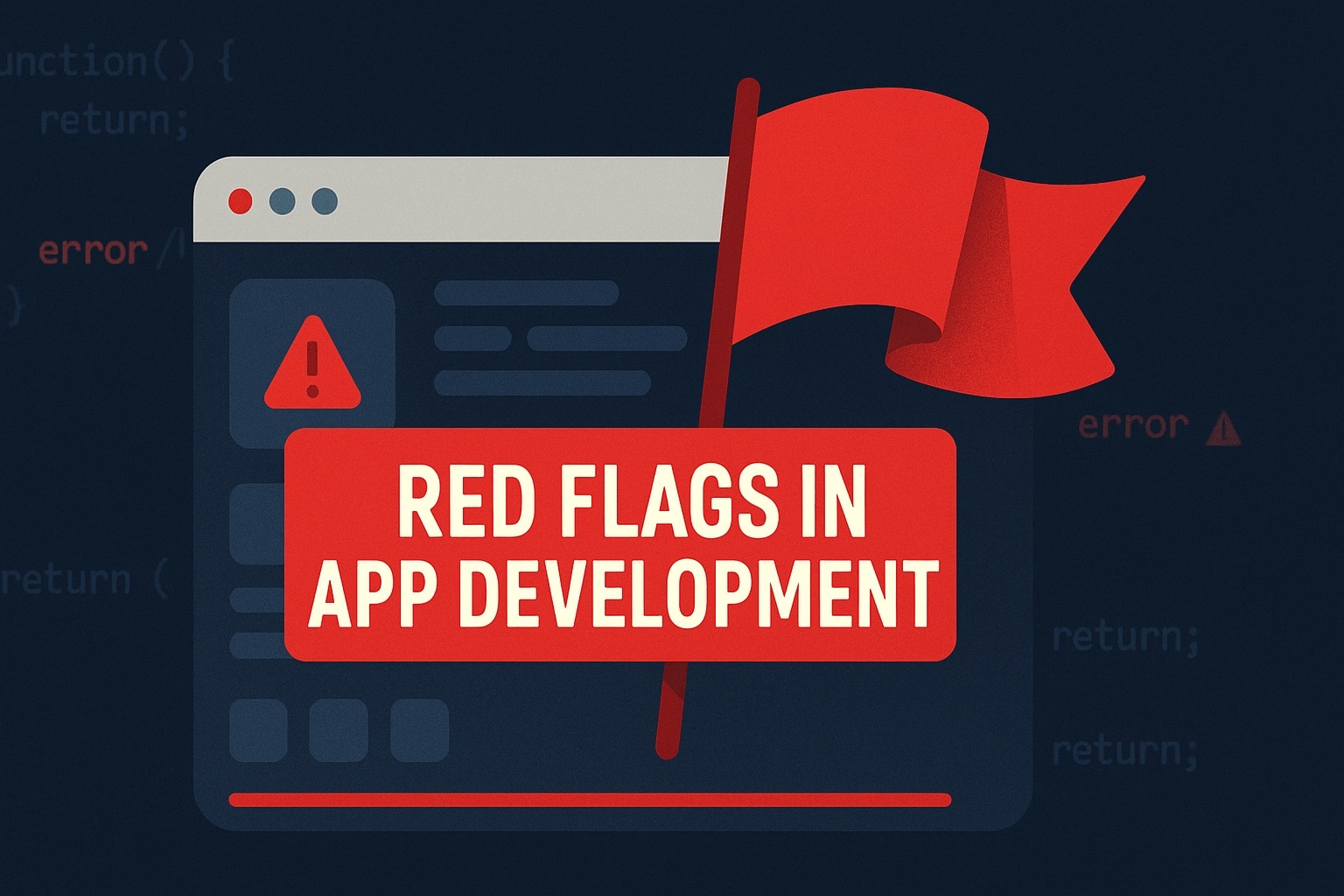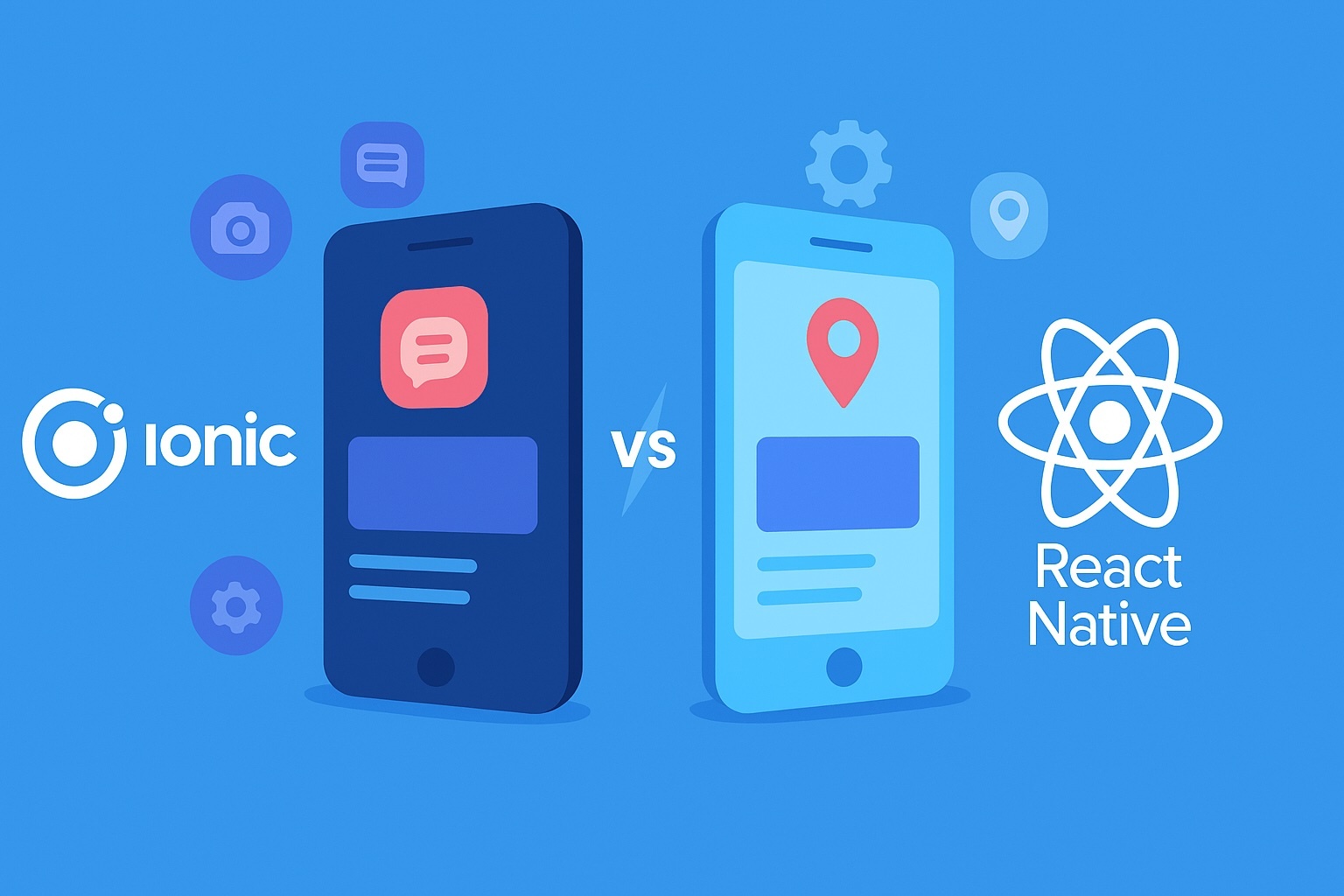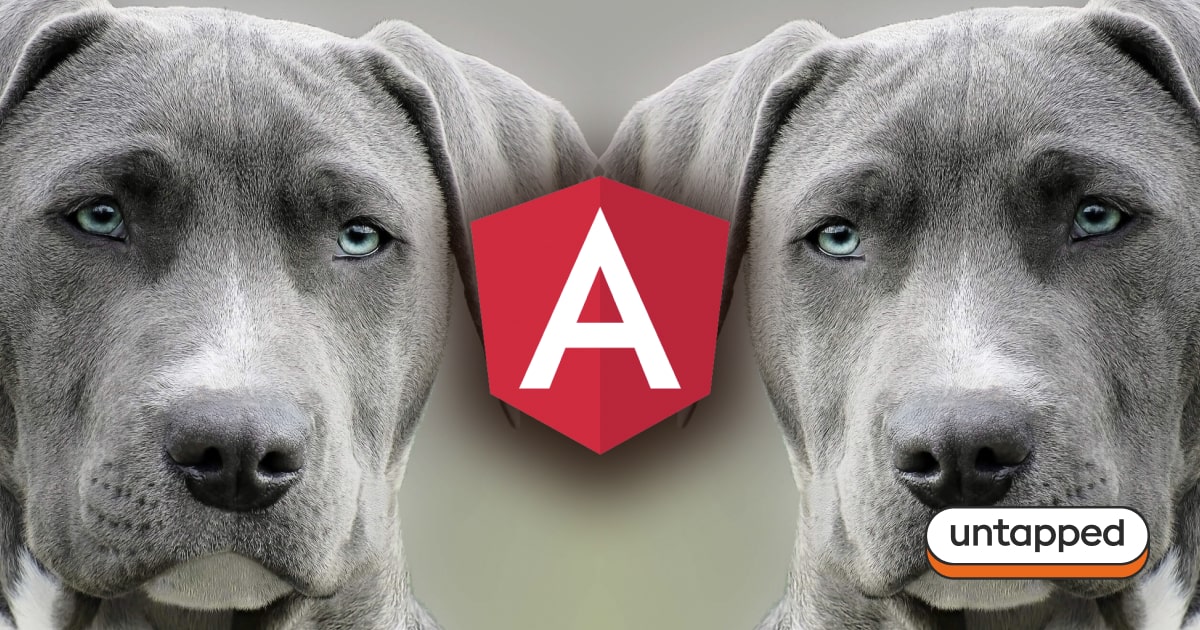This guide cuts through the noise. You’ll get a clear breakdown of hybrid vs native development, real-world case studies, performance insights, and answers to the questions product teams are asking every day.
Why Hybrid App Development is Winning in 2025
Build Faster With a Single Codebase
Time-to-market is a competitive edge. Hybrid frameworks like Ionic let you develop for iOS, Android, and even desktop or web using just one codebase. The result? Projects ship two to three times faster than native builds, with far fewer headaches.
This isn’t theoretical. Brands like AAA, H&R Block, Burger King, and PwC have already switched to hybrid models for customer and employee-facing apps. They’ve proven you don’t need to write separate apps for every platform to get native-level performance.
Lower Costs, Better Efficiency
Hybrid development cuts costs in two major ways: shorter development cycles and reduced need for high-cost native developers. Independent studies estimate savings of over $30,000 per developer per year when moving from native to hybrid frameworks .
In practical terms, you can build more apps, test faster, iterate faster, and still stay under budget. That’s not just good for IT teams. It gives the whole business more flexibility.
Consistent User Experience Across Devices
Users don’t care what’s under the hood. They care about the experience. A hybrid app built with modern frameworks like Ionic automatically adapts its styling for different devices, platforms, and screen sizes. Whether your users are on iPhones, Android tablets, or accessing your app through a browser, they get a smooth and familiar experience.
Sanvello, a top-rated mental health app with over 3 million users, is a standout example. They achieved a 4.8-star rating on the App Store using a hybrid model . That’s what happens when performance and experience align.
Use the Developers You Already Have
Finding skilled native developers is hard. Less than 10% of developers know Kotlin or Swift. But 66% of today’s developers are already fluent in web languages like JavaScript, HTML, and CSS .
With hybrid development, you can use the talent you already have. That’s less time hiring, less budget spent on recruiters, and more flexibility when projects shift.
Instant App Updates (No App Store Bottlenecks)
Hybrid apps let you push updates directly to users without waiting for app store reviews. That’s a game-changer when you need to fix bugs, push emergency patches, or release time-sensitive features.
Ionic’s Live Updates tool makes this easy while staying compliant with Apple and Google’s policies. Users stay up to date, and you stay in control.
Future-Proof Your Tech Stack
The web is the most stable, universal development platform in the world. Hybrid apps run on it. They’re ready for wearables, IoT, progressive web apps (PWAs), and whatever comes next.
Choosing a hybrid stack now positions your business for long-term adaptability. Ionic, for example, works with React, Vue, and Angular, so your devs can work with the frameworks they know best.
The Real Tradeoffs of Hybrid
Hybrid isn’t perfect. No approach is.
Minor Performance Overhead
Hybrid apps run inside a webview, which adds a small layer of abstraction. For most apps, this doesn’t matter. But for graphically intensive use cases like 3D games, native may still edge out hybrid in raw performance.
That said, hardware acceleration and modern APIs have narrowed this gap dramatically. For nearly all business, consumer, and productivity apps, hybrid performance is now indistinguishable from native.
Plugin Complexity
Hybrid apps use plugins to access native features like cameras or biometric sensors. Managing these plugins adds some technical overhead. Ionic addresses this with its Enterprise SDK and curated plugin library, but it’s still something your team needs to consider.
Third-Party Dependence
By using a hybrid framework, you’re relying on the provider to keep up with Android and iOS updates. Ionic has a strong track record, but you’re not working directly with native SDKs. For most teams, the tradeoff is worth it. But if you need bleeding-edge access to the latest proprietary APIs on day one, native may still be the better fit.
When Native Still Makes Sense
There are situations where native is the right call:
- Heavy performance requirements: 3D games or animation-heavy apps will always push performance limits.
- Deep integration with device hardware: If you need highly specific, non-standard hardware access, native SDKs might offer better access.
- Regulatory or platform restrictions: Certain app store requirements or industries may require native tooling for compliance.
But for most apps—especially enterprise tools, consumer utilities, and anything with shared backend logic—the tradeoffs rarely justify the cost of native development.
Hybrid Frameworks Compared: Ionic vs Flutter vs React Native
Not all hybrid frameworks are created equal. Here’s a quick breakdown:
Ionic
- Uses standard web languages (HTML, CSS, JS)
- Compatible with React, Vue, Angular
- Massive component library and plugin ecosystem
- Strong support for enterprise use cases and PWAs
React Native
- Uses JavaScript and React
- Translates code to native at runtime
- Limited web support
- Tighter learning curve for web developers
Flutter
- Uses Dart (less common language)
- Renders UI with its own engine
- Strong visual customization
- Less mature ecosystem compared to Ionic
If you already have a strong web team, Ionic offers the fastest and most cost-effective path to production with the widest flexibility.
Frequently Asked Questions
What is a hybrid app?
A hybrid app is a mobile app built using web technologies like HTML, CSS, and JavaScript. It’s deployed via app stores just like a native app but runs inside a webview and can access device features using plugins.
Is hybrid development cheaper than native?
Yes. By using one codebase across multiple platforms and tapping into existing web development talent, businesses can save tens of thousands per developer annually.
Can hybrid apps access native device features?
Yes. Hybrid frameworks like Ionic use native plugins to access cameras, geolocation, biometrics, and more.
Will a hybrid app look and feel like a native app?
Yes. Modern hybrid frameworks support adaptive styling and hardware acceleration that mimic native interfaces closely.
Are hybrid apps slower?
Not noticeably. For most business and utility apps, performance differences are negligible. For gaming or 3D rendering, native still has a slight edge.
Can I update hybrid apps instantly?
Yes. You can deploy changes directly to users without going through app store reviews using tools like Ionic’s Live Updates.
Which hybrid framework should I use?
For teams with strong web development experience, Ionic is typically the best choice thanks to its flexibility, plugin support, and cross-platform performance.
Hybrid app development has matured. It’s not a shortcut or compromise. It’s a strategic approach that gives you speed, cost-efficiency, and long-term flexibility—without sacrificing user experience.
If you’re building consumer apps, internal tools, or enterprise solutions and want to move fast without burning your budget, hybrid is the clear winner.
Still unsure? Get in touch with our team at Untapped. We build hybrid apps that are fast, functional, and future-ready—without the stress.






%20Hybrid%20Frameworks.jpg)
.jpg)











Any thoughts?
Leave a comment